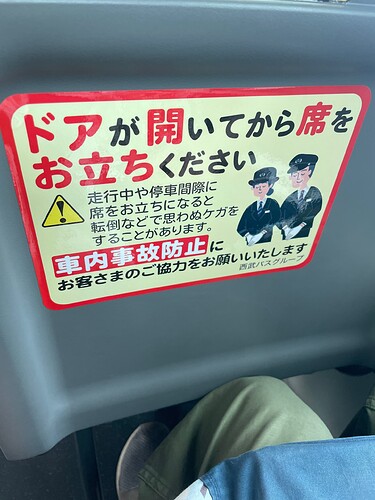I’ve been fine with keigo in Japan (as you said, I hear lots of it everyday), I’m worried about passing the JLPT given I can’t tell which one is which.
To be honestly the most common version of this is 少々待ちください。
お待ちください = Please wait.
待って頂けませんか = Could you please wait?
The second one sounds more polite since it’s a question, while the first one is a command. That’s the main difference. Even in English, when you use words like “May”, “Could”, “Will” at the start of questions, they make the sentence more polite.
The actions are not something you are doing for/directed at the person, so that would rule out 謙譲語, and you’re not talking about their actions either, so that rules out 尊敬語. All that’s left would be you talking about those unrelated events using regular old 丁寧語. However, I would say that bringing up such things in general seems a bit strange to me in a setting that requires the use of either 尊敬語 or 謙譲語 in the first place.
You would ask the first question politely of course, as it relates to the client. The follow up information though, I am going to go out on a limb and say that in 95% of situations where you are not actually on friendly terms with the client, you would leave it out. If you were going to actually talk about unrelated things though, you’d use 丁寧語 (probably). I can really only answer this based on me talking to staff in shops when they’re using 謙譲語 and 尊敬語 with me, and then I asked them if they have ever visited Australia etc etc and they will start using 丁寧語 while we talk about Australia until we return to talking about the product/etc.
I am a sample size of one though, so take that with a grain of salt. I have never seen such a situation play out between two Japanese people 
Here’s an example of a polite command, in case you were wondering when you would use one:
You mostly use polite commands when talking to customers if you’re in retail, like asking them to sit or wait or sign something. To contrast, I wouldn’t use a command if I’m offering something optional. I think you can use いただけませんか when offering a sample or something as part of a pitch.
Yeah I’m in Japan, so I see this kind of thing all the time.
I can understand it, but I don’t know which one Bunpro wants. Both お待ちください and 待っていただけませんか are keigo requests for example.
Is keigo really just grammar? Seems like a lot of vocab tbh, maybe it’s an issue with memorizing everything
A lot of it is “vocab” in the sense that it is to do with word choice however as keigo gets introduced at N4 it probably feels like “grammar” when you are at that level. Consider particle usage, directionality, viewpoint, etc. Viewpoint can be especially diifficult and is easier to introduce as a “grammatical” concept than simply assuming it will be picked up by learners. Equally, some phrases (お〇〇ください etc) are more easy to be seen as grammar related. Also consider that at that N4 level people normally are still decoding sentences rather than simply reading them and if keigo is used then knowing which words or phrases are commonly used in place of which can help with that process.
In general, beyond the N4 keigo that is on Bunpro, I would personally agree that if you are an advanced learner learning to use keigo in speech then the main differences are to do with word choice and phrasing. At that point memorising shouldn’t be an issue and I would thnk social and pragmatic considerations are the tricky part.
Just in general the line between “grammar” and “vocab” is quite blurry even setting keigo aside so it is defnitely a fair question although it probably comes down to your level and personal opinion on what “grammar” is.
I think that for keigo at least some parts are rightly called grammar but I agree that a lot are more like vocab.
But starting with N3 and especially with N2 and N1 most of the “grammar” points could be called “vocab”.
At least when learning western languages, like maybe Spanish, Italian and German, the “grammar” parts are usually more about verb tenses, cases, modes, conjugations, sentence structure and word order. Once you are past that, everything else is more about learning common or fixed expressions with nuanced meanings. Japanese happens to have a lot of those expressions. To me, most of N2 and N1 seems to be about that.
The line between “grammar” and “vocab” is definitely blurry. But if we want to be able to understand and speak Japanese, we will have to learn or acquire those things, regardless how they’re called.
This post was flagged by the community and is temporarily hidden.

